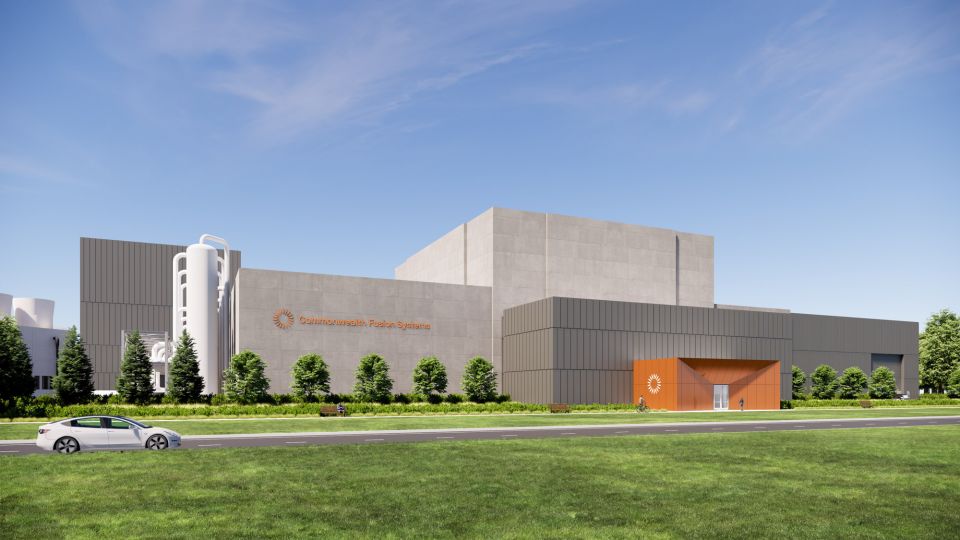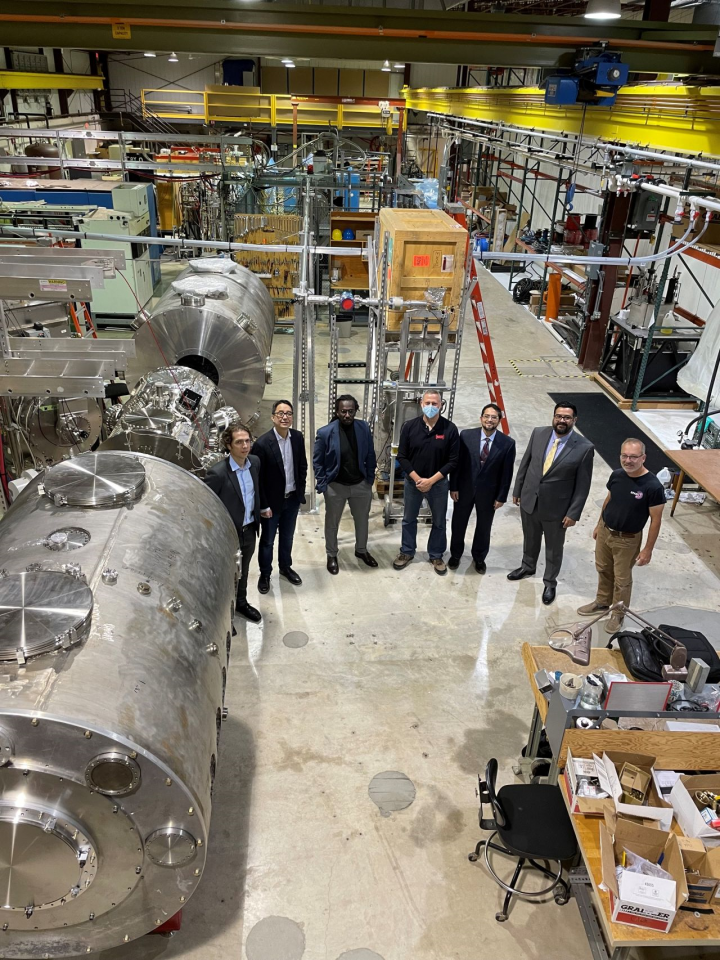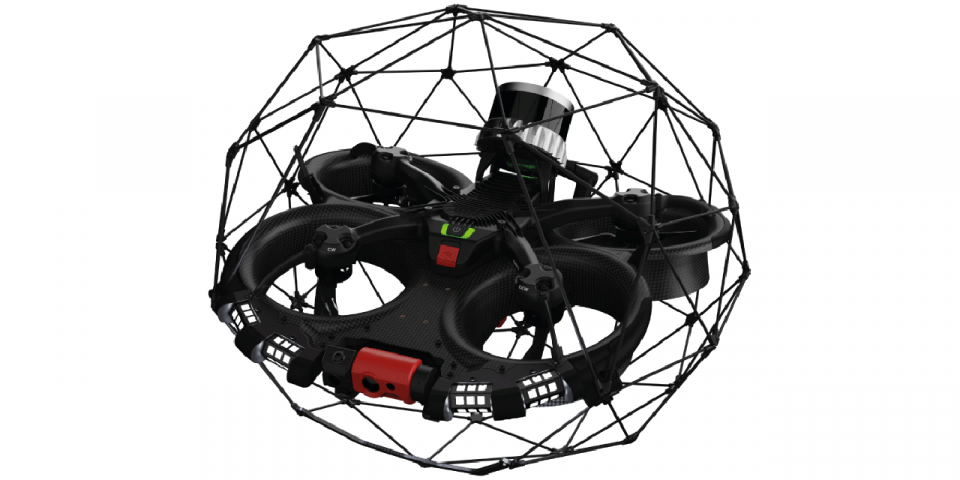DIII-D upgrades to shape the future of magnetic fusion energy research
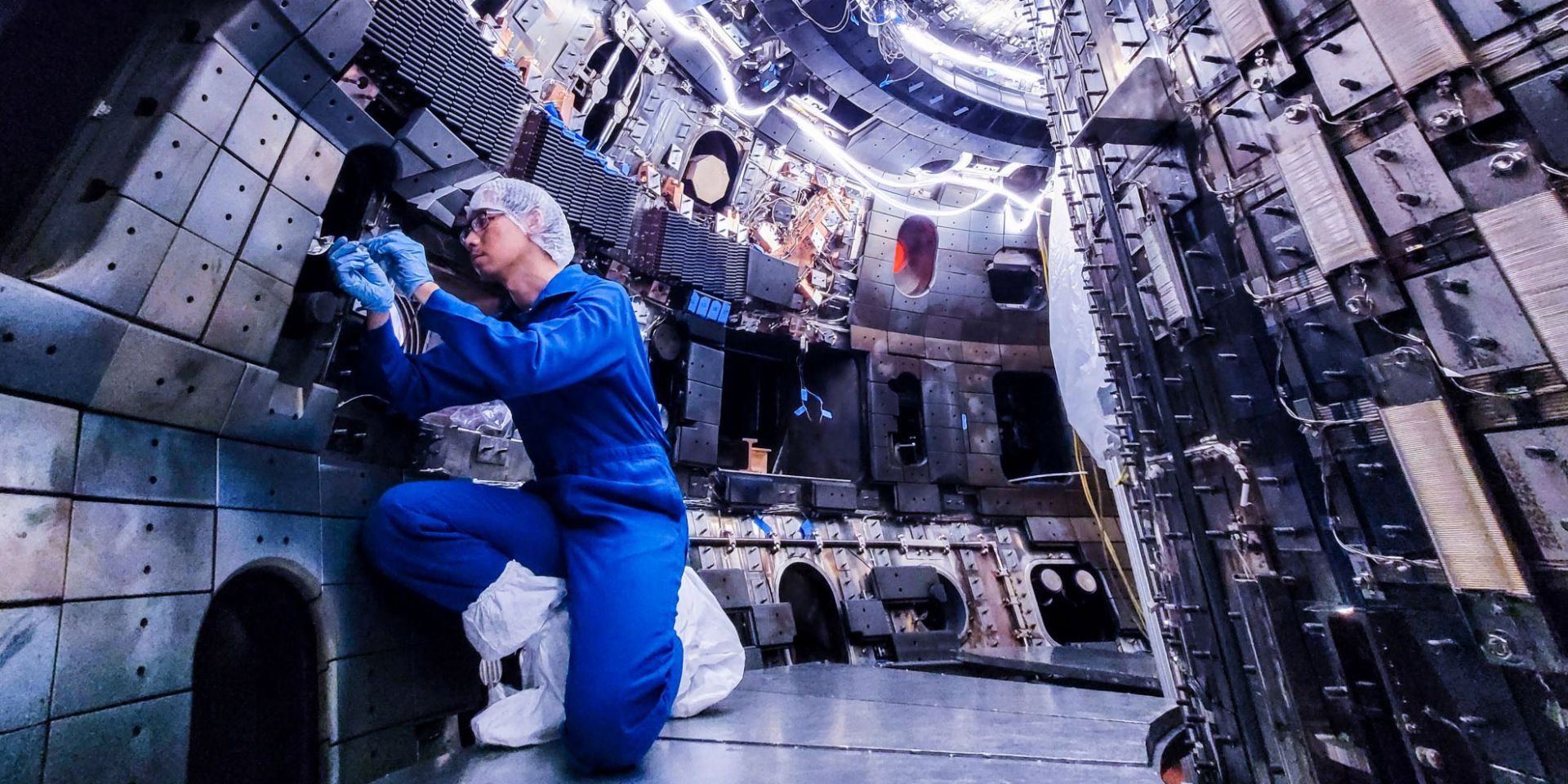
The DIII-D National Fusion Facility is starting up after an eight-month experimental hiatus, equipped with new and improved plasma control and diagnostic systems. The upgrades will help researchers from around the nation and the world resolve key physics questions to bridge the gap between current magnetic confinement fusion research and the first fusion power pilot plants. General Atomics, which operates DIII-D for the Department of Energy, announced the completion of upgrades on May 8.
“The upgrades made to DIII-D over the last eight months provide us with exciting new capabilities and key enhancements to existing systems for studying fusion energy,” said DIII-D director Richard Buttery. “Our scientists will be able to use our upgraded systems and diagnostics to answer key questions on commercial industry–relevant technology, materials, and operations, as well as continue our support of ITER and advancement of foundational scientific understanding.”
About DIII-D: DIII-D is a DOE Office of Science user facility that welcomes over 700 researchers from more than 100 domestic and international institutions—including U.S. national laboratories, academic institutions, and industry—to conduct experiments in and around the DIII-D tokamak. DIII-D’s mission is science, not power. But its new science capabilities will let researchers explore questions that need to be answered for fusion energy applications.
The facility has been off line since July 2023 while new capabilities were installed. These include systems for enhanced control of fusion plasmas, a range of new diagnostic instruments, enhanced capabilities for heating plasmas and driving the current that supports the fusion reaction, and enhancements to the divertor system that removes exhaust heat and impurities from the tokamak.
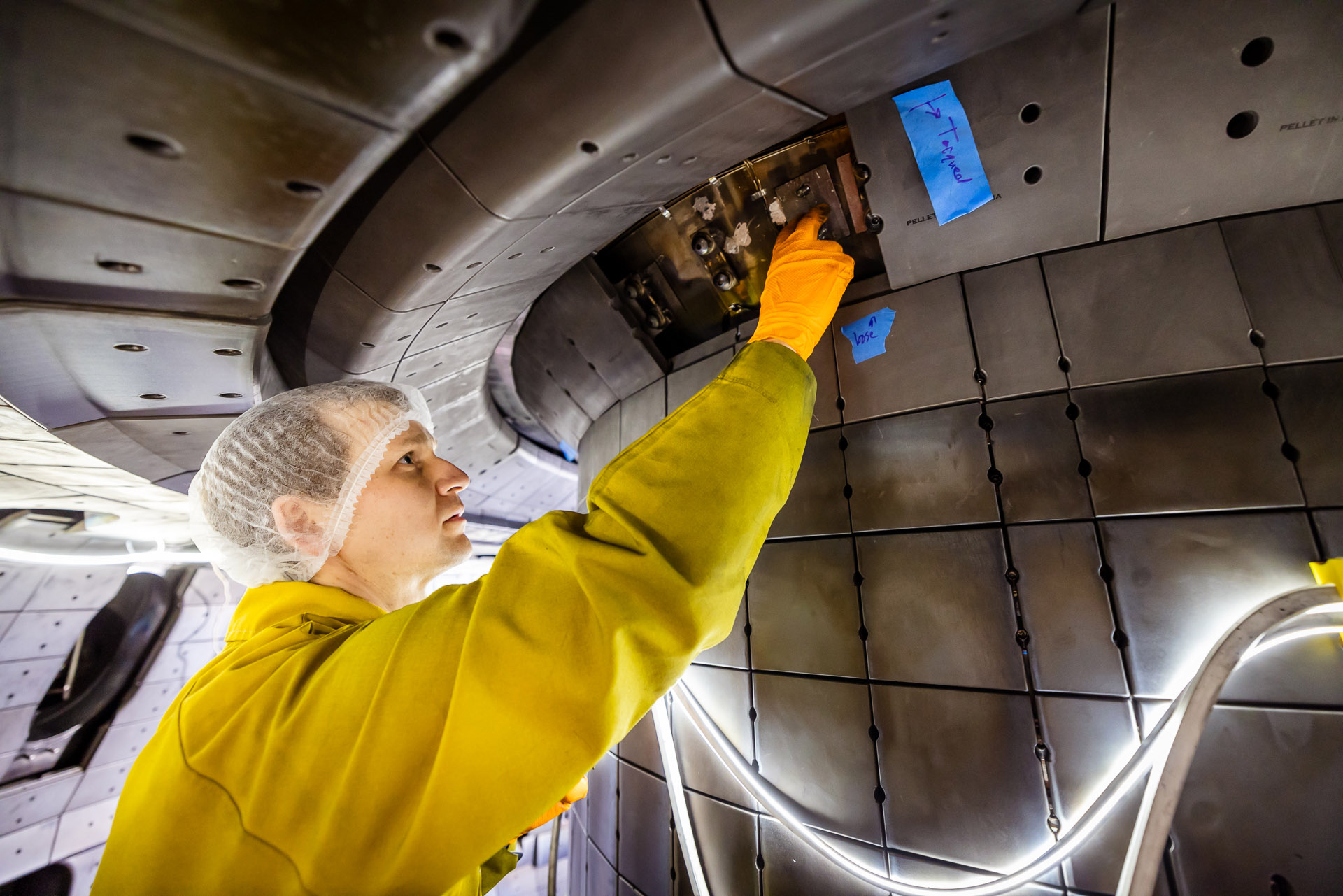
An engineer installs the final protective tiles as part of the Shape and Volume Rise Divertor upgrade. (Photo: General Atomics)
Keeping an eye on the plasma: DIII-D’s plasma control system lets researchers shape fusion plasmas during experiments. Upgrades to its computational capabilities include 32 new processing cores and that will allow for new and increasingly complex real-time control, diagnostics, and analysis techniques in support of research on DIII-D. The upgrades include a mix of new instruments and new support systems for existing instruments.
Measuring the intense conditions inside a tokamak with conventional tools of science is impeded by the extremes of the plasma conditions, and just developing tools capable of taking measurements in those conditions is a scientific achievement. For example, DIII-D scientists want to measure the distinct pressures of plasma exhaust and the background, or neutral gas, near the wall of the tokamak, but traditional pressure gauges won’t work in the strong magnetic fields generated when the tokamak is operating. As a solution, DIII-D scientists devised an instrument called a Wisconsin Penning gauge that uses light emissions to gauge pressure.
Other new or upgraded diagnostics at DIII-D include the following:
A larger UV-transparent window and diagnostic platform for a wider view and more flexibility in the viewing region.
A radial interferometer polarimeter to provide measurements of the equilibrium and behavior of the magnetic fields was upgraded, making it more sensitive to the 3D-characteristics of these fields.
A new fiber-optic bolometer that measures radiated power without using electronics that could be subject to thermal stability and electromagnetic interference issues by using an interferometer to convert radiation into temperature variations, which are then measured from the shift in the reflection spectrum.
A subset of the charge exchange recombination (CER) spectroscopy system called MiCER, which is used to measure emissions from the hydrogen fuel. A new MiCER system will allow measurement of higher energy particles near the divertor has been installed to improve understanding of boundary plasma physics.
Power up: DIII-D is the most powerful magnetic fusion machine operating in the United States now, but future fusion pilot and power plants will require much more powerful systems. New systems added to DIII-D will let researchers get closer to plasma conditions that, according to General Atomics, “scale well” to pilot plant scenarios that produce more energy from the plasma compared to the amount of energy needed to confine it.
A new Lower Hybrid Current Drive system incorporates additively manufactured waveguides to carry microwave heating energy. Eight new microwave generating units, called klystrons, will deliver heating and current to the DIII-D plasma using the new waveguides.
The system, in a “first-ever demonstration,” will transmit microwaves into the plasma from the tokamak’s center post rather than the outside edges, in what is termed a high-field launch system. According to General Atomics, modeling predicts this location will lead to higher efficiency since it enables the microwaves to be absorbed on their first pass through the plasma, which also limits the potential for escape and damage to the tokamak interior.
Testing divertors: DIII-D’s divertors remove excess heat and impurities from the plasma. DIII-D plans to test a series of different divertors for future fusion power plants, and first up is a new shape and volume rise (SVR) divertor. The SVR divertor will allow researchers to produce plasma shapes that weren’t possible with previous divertors.


